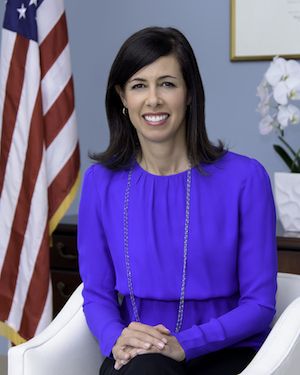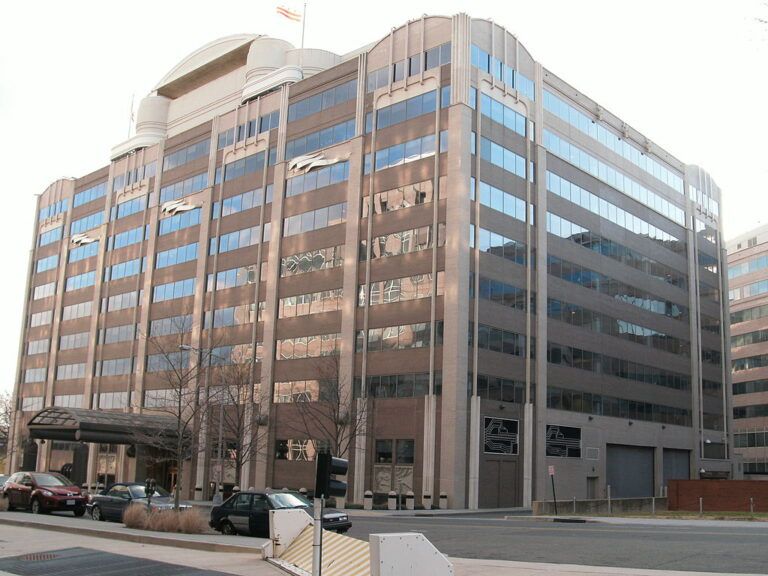The USA’s Federal Communications Commission (FCC) has announced that it has entered into an agreement with the National Science Foundation (NSF) and the National Telecommunications and Information Administration to support NSF’s Spectrum Innovation Initiative.
NSF launched the initiative last year to seek innovative advancements in research and development on the biggest challenges facing the United States due to increased demand for electromagnetic spectrum access. The FCC’s involvement follows its ruling last year that the 5.9GHz transportation safety spectrum would be broken up, with much of it given over to unlicensed wi-fi.
“This Memorandum of Agreement between the National Science Foundation, the National Telecommunications and Information Administration, and the Federal Communications Commission is one step toward revitalizing the interagency coordination process so that it once again is able to produce results for American consumers and the economy,” says FCC acting chair Jessica Rosenworcel (below). “Better coordination between these agencies ultimately means more spectrum and more innovation to help restore American wireless leadership and build the 5G future.”
“Spectrum is the backbone of America’s wireless leadership, and we applaud NSF’s investments in spectrum research and development,” says Evelyn Remaley, acting NTIA administrator. “Engaging with spectrum experts from the FCC, NTIA and the NSF on highimpact, cutting-edge research is important to American competitiveness and spectrum sharing.”

“NSF’s Spectrum Innovation Initiative was created to find ways to maximize our nation’s limited radio spectrum resources,” says Sean L. Jones, NSF Assistant Director for Mathematical and Physical Sciences. “This agreement will provide enhanced access to NTIA and FCC expertise, helping us focus spectrum research and develop a technologically sophisticated workforce at the speed this nation requires to stay at the forefront of innovation.”
The Memorandum of Agreement between the agencies is intended to ensure that FCC and NTIA staff can provide their subject matter expertise to help ensure that NSF’s Spectrum Innovation Initiative investments in spectrum research, infrastructure, and workforce development are in alignment with U.S. spectrum regulatory and policy objectives, principles, and strategies.
Key research areas include spectrum flexibility and agility, working towards near real-time spectrum awareness, and improved spectrum efficiency and effectiveness through secure and autonomous spectrum decision-making. The first key goal will be establishing the U.S.’s first National Center for Wireless Spectrum Research.





